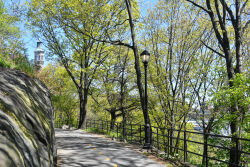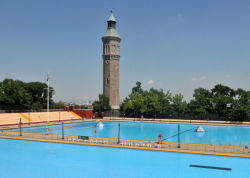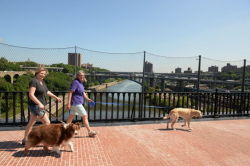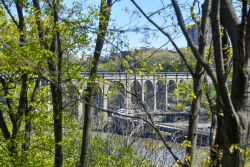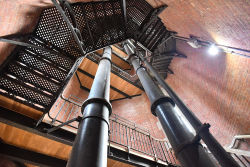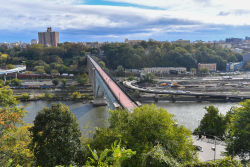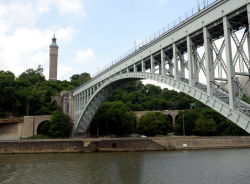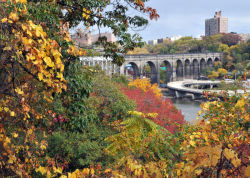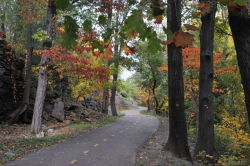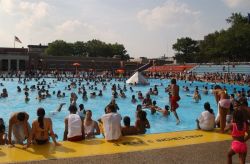Highbridge Park
Quisqueya Playground
What was here before?
This was once the land of Blazius “Blaze” Moore, a prominent tobacco merchant in the mid to late 18th century. During the Revolutionary War, he operated the Blue Bell Tavern, situated on his property at what is now the intersection of West 181st Street and Broadway.
Moore came from a family with notable connections. His sister Catherine married Pierre Lorillard, founder of the Lorillard Tobacco Company, one of the earliest tobacco firms in America.
How did this site become a park?
Highbridge Park was assembled piecemeal between 1867 and the 1960s, the bulk of it obtained through condemnation from 1895 to 1901. The parcel that includes today’s Quisqueya Playground was acquired in 1890 and transferred to Parks jurisdiction in 1895.
Quisqueya Playground opened in 1934 and was refurbished in 1998 with the addition of safety surfacing, play equipment, and a camel play sculpture. The park house was renovated in 2025.
What is this park named for?
This playground’s name honors the large Dominican American community of the surrounding Washington Heights neighborhood.
Quisqueya, meaning "cradle of life," is one of the original names for the island now known as Hispaniola. Before European colonization, the island was inhabited by the Ciguayo, Macorix, and Taíno peoples. When Christopher Columbus arrived in 1492, he named the island Insula Hispana (Latin) and La Isla Española (Spanish), later shortened to Española and eventually rendered as Hispaniola in Latin. In the 16th century, Andrés de Morales (1477-1517) created a map noting the island was called Quisqueya, while "Ayiti," meaning "high land," referred only to the mountainous regions.
Today, the Dominican Republic shares the island with Haiti, whose name means “land of mountains.” While few Dominicans lived in New York in the 1950s, between the mid-1960s and mid-1990s, more immigrants came from the Dominican Republic than any other country. Now, about 75% of all Dominicans in the U.S. live in the New York area, with Washington Heights home to the city’s largest Dominican community. The Dominican Day Parade, which began in Washington Heights in 1981, is now held each August along Sixth Avenue in Midtown Manhattan.
Check out your park's Vital Signs
Clean & Safe
Green & Resilient
Empowered & Engaged Users
Share your feedback or learn more about how this park is part of a
Vital Park System

Know Before You Go
November 10, 2025,
through March 2026, the
Men’s Restroom and
Locker Room in Highbridge
Recreation Center will be
closed for construction.


